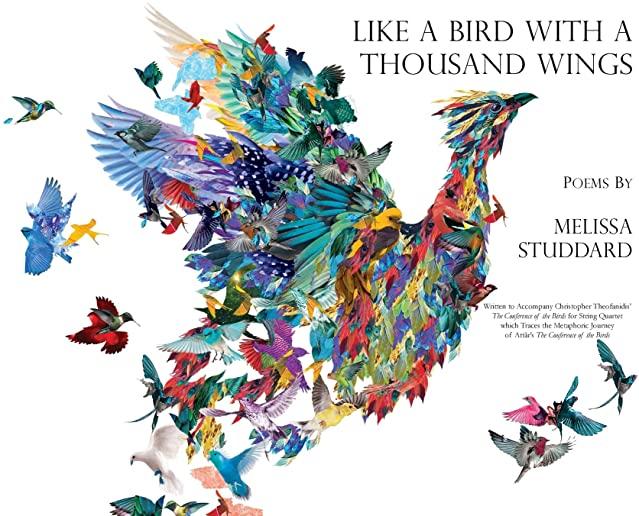
In the complex world dynamics of today, it feels more important than ever to remind ourselves that cultural heritage outlasts and outweighs political climates and that art is one of the vehicles through which we can transcend our differences to find our common humanity. Tracing back to the most ancient literary texts, we see that although the details of our lives and environments change with the times, the basic fears and aspirations of humankind remain the same. We look to the arts to show us what we most need to see about ourselves--that we are in the end, all of us, a human family.
The Conference of the Birds, the 12th Century Sufi allegorical poem by Persian poet Att r, deals with these universal themes. Conference tells the story of the seeker's journey towards God, towards the evolution of self through wisdom, love, openness, and connection. In it, all the birds of the world convene and determine that they need a ruler. Such a leader is known in the form of the mythic and divine bird, Simorgh, who resides in a distant land. The journey to this faraway place leads the birds through seven valleys of understanding, the first of which requires them to cast off all the preconceived ideas and dogma in their thinking, and the final of which requires annihilation of the self in order to attain complete communion with the divine.
Beginning with the discord and lack of purpose of the birds and culminating in the discovery that they are all individually and together Simorgh, The Conference of the Birds is a timeless model of transforming confusion and lack of unity into the realization of harmony and purpose.
Christopher's piece, released in 2018, traces the metaphoric journey of the birds in seven short character pieces, each lasting between one and three minutes, and each focusing on a highly defined musical personality evoked by the corresponding valley. Much of the string writing is inspired by the flocking movement of birds; that is, there is a 'group logic'--a kind of unity of movement and purpose in which all the parts are highly interdependent.
In the fall of 2019, the Argus Quartet, who were performing The Conference of the Birds, contacted Christopher to discuss the possibility of reciting poems in performance between the musical pieces, and Christopher recommended that Melissa write the text. The resulting poems, which became Like a Bird with a Thousand Wings, respond most intimately to Christopher's musical interpretation of the valleys but were written, as well, in consultation with Sholeh Wolpé's, contemporary translation ofAttar's The Conference ofthe Birds (W.W. Norton & Co).
Rather than retelling Attar's allegory, Melissa's poems intend to provide imagery and language to illuminate and accentuate specific qualities of the sound journey Christopher has created in response to Att r. In order to tease out Att r's narrative sequence, Melissa has woven mini summaries, as well as quotes from various translations, through the text.
It is our hope that by uniting the artistic disciplines of poetry, composition, visual art, and performance, Attar's vital allegory will be brought further to life on the stage and in other artistic mediums.
Melissa Studdard & Christopher Theofanidis January 19, 2020 Manasota Key, Florida







